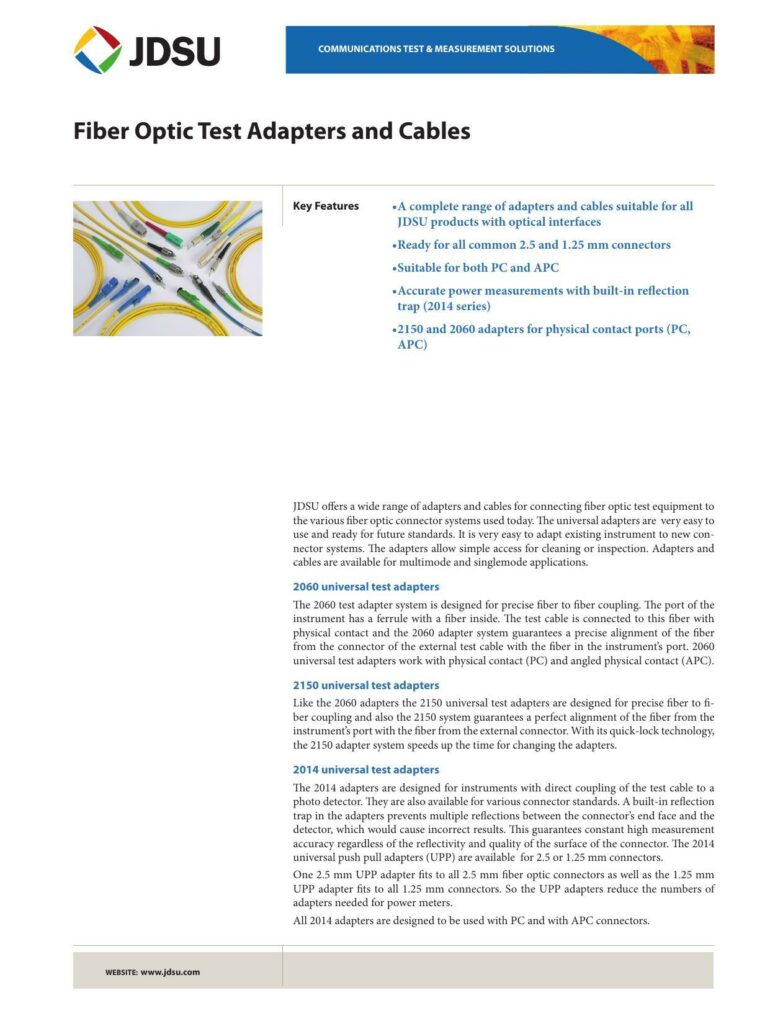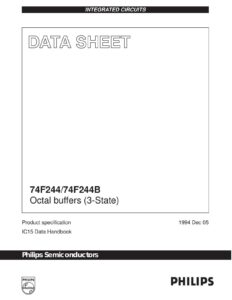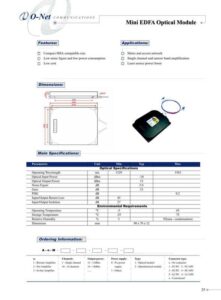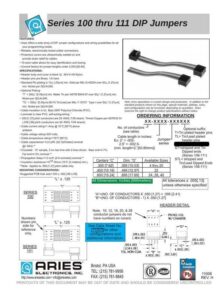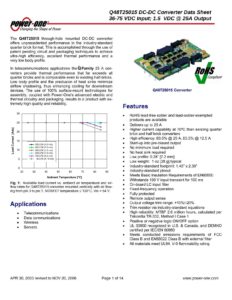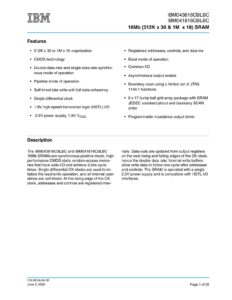Overview
JDSU offers a comprehensive range of fiber optic test adapters and cables, designed to connect fiber optic test equipment with various fiber optic connector systems. These products are tailored for JDSU devices equipped with optical interfaces and support both multimode and singlemode applications.
Key Features
The adapters and cables are compatible with all common 2.5 and 1.25 mm connectors and are designed for Physical Contact (PC) and Angled Physical Contact (APC) ports. Additionally, they possess a built-in reflection trap in the 2014 series adapters to deliver accurate power measurements and mitigate errors due to multiple reflections. Moreover, these universal adapters offer ease of use and are structured for adaptability with future standards.
2060 Universal Test Adapters
The 2060 model ensures precise fiber to fiber coupling with a guarantee of accurate alignment for both PC and APC connectors. This test adapter system is key to obtaining consistent results with physical contact.
2150 Universal Test Adapters
Similar to 2060 adapters, the 2150 adapters also deliver precise fiber to fiber coupling with the added benefit of quick-lock technology, enhancing adapter changeover speed.
2014 Universal Test Adapters
These are tailored for direct coupling to a photodetector and come with a reflection trap to avoid inaccuracies. The unique universal push-pull (UPP) design reduces the need for multiple adapters, with one 2.5 mm UPP adapter fitting all 2.5 mm fiber optic connectors and a 1.25 mm UPP adapter for all 1.25 mm connectors, compatible with both PC and APC connections.
Specifications
The datasheet delves into further details about fixed attenuators, mating sleeves, and fiber optic jumper cables. Fixed attenuators offer different connectors and attenuation values, while mating sleeves complement test adapters and cables, allowing connection between two fiber optic connectors. Jumper cables, which come in both multimode and singlemode fibers, serve to connect the device under test with instruments or to link instruments together. These jumper cables can be equipped with different connectors at each end, affording versatility in their application.
The datasheet also touches upon various principles vital for optimal performance, such as air gap coupling used with 2014 adapters which involves a gap between the fiber and photodiode to reduce back reflection and insertion loss, as well as physical contact where fiber ends touch directly for minimized back reflection. Lastly, the Angled Physical Contact (APC) is highlighted for creating an angle at the connector tip, minimizing back reflection even further.
References:
Chat: Powered By VoiceSphere
Pricing & Distributors: https://www.datasheets360.com/part/detail/k3137/-1330961525828703902/

